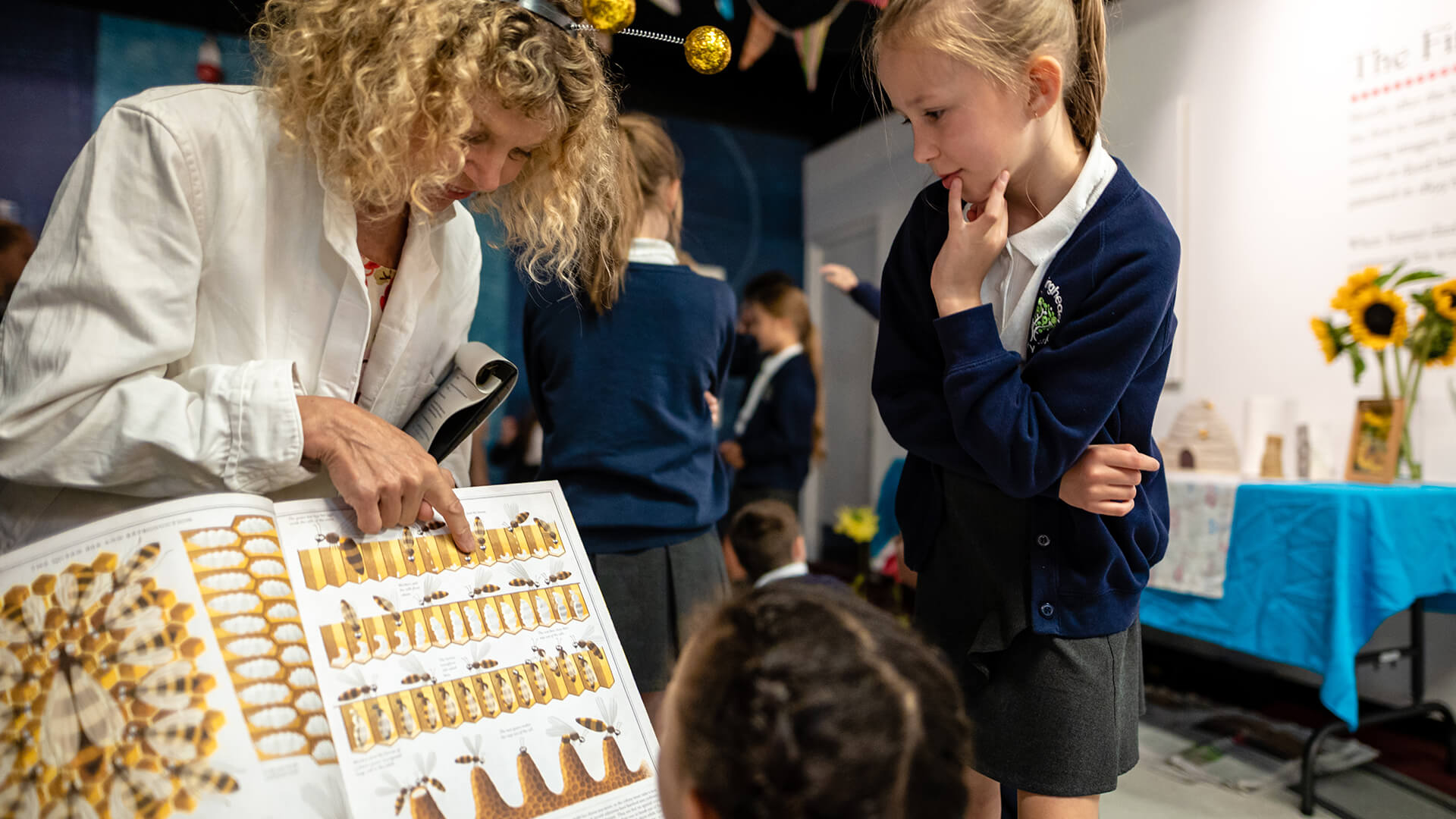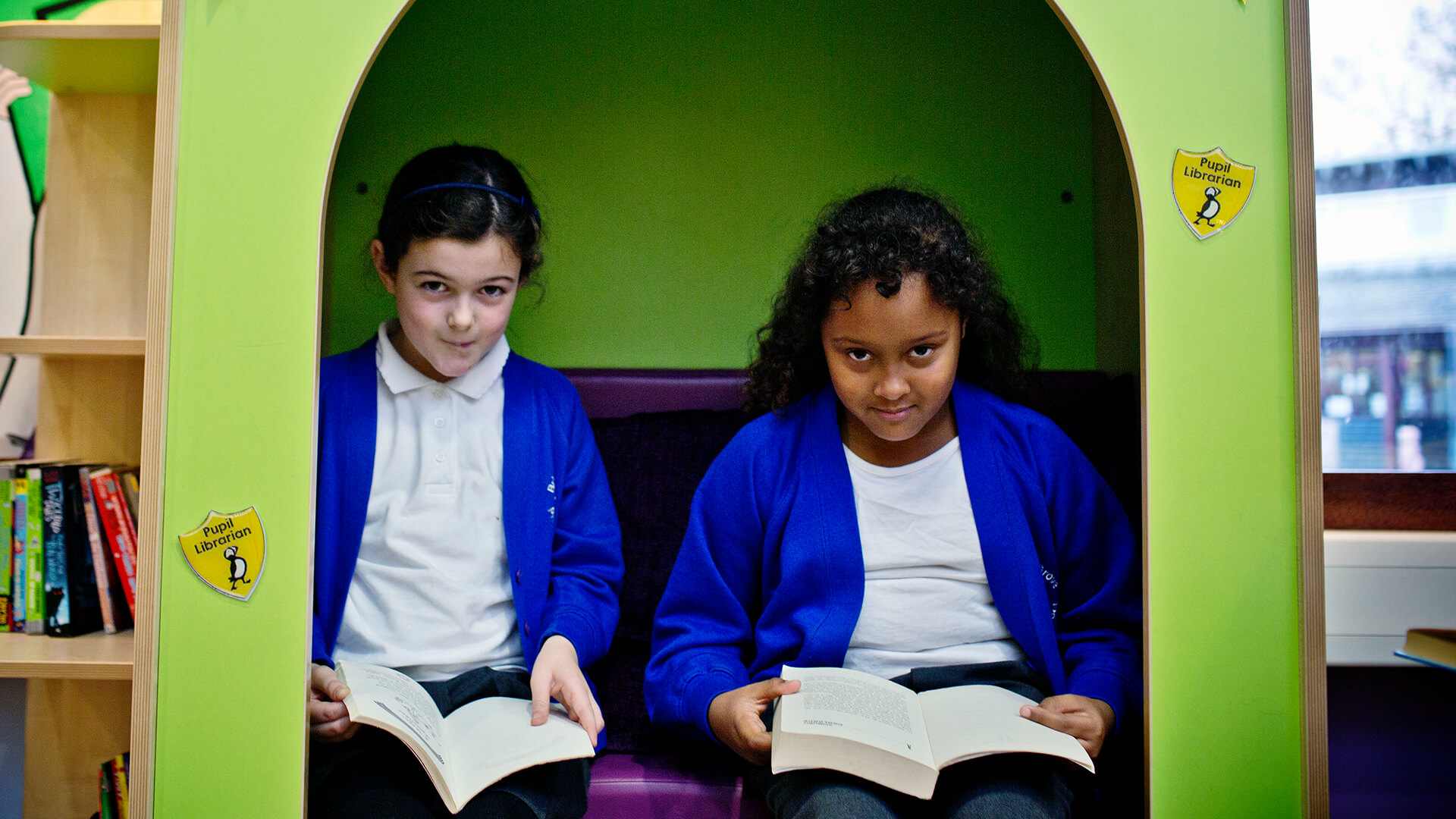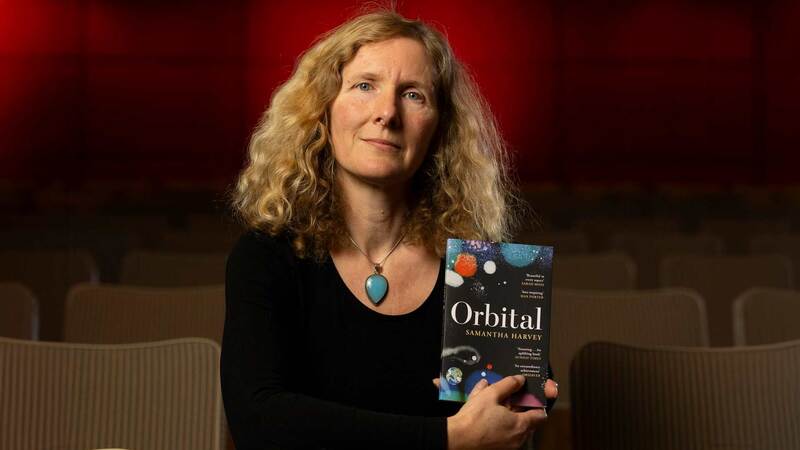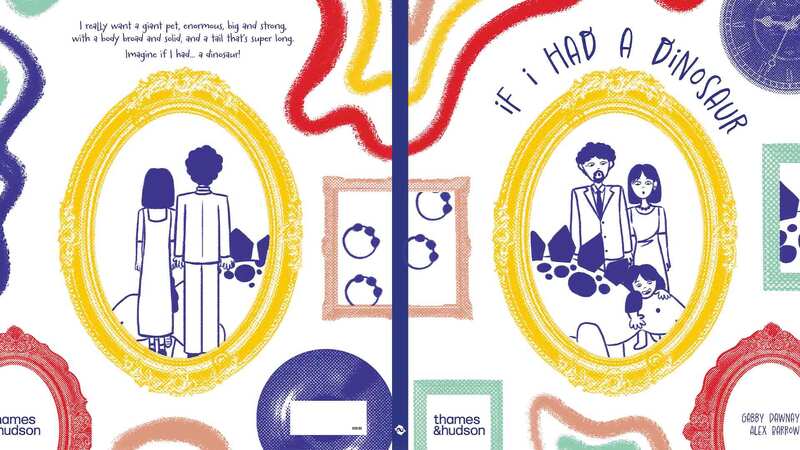School libraries look to bridge the gap of reading progress lost in lockdowns
School libraries up and down the country are trying to appeal to young visitors after a stop-start few years in the pandemic—but some head teachers are seeing their presence as a potential cost saving.
Primary school children lost approximately two to three months of reading progress during the pandemic, but efforts to help them catch up have been mixed, with some schools putting in libraries for the first time and working with literacy organisations to improve their collections, while others have seen librarians removed as budgets tighten further.
Alison Tarrant, chief executive of the School Library Association (SLA), said the pandemic highlighted gaps in provision, where children who did not have access to books at home were even more reliant on schools and public libraries to step up to the plate. In some instances, head teachers were able to invest in new resources, but others saw libraries closed “by stealth”.
“There are instances where school libraries have been closed for three years and there are other pressures so heads are thinking, ‘We haven’t had it for three years, it’s not open at the moment so we don’t have to announce we’re closing it.’ It’s getting away with doing things in a less noticeable way,” she told The Bookseller. Most recently, North Lanarkshire council announced it was removing school librarians from all 23 of its local secondary schools as part of a cost-cutting measure first proposed before the pandemic. The SLA’s recent report School Libraries in Lockdown found there were “significant variations” when it comes to funding library stock. The 2020 members survey reported no budget at all in five responding state secondaries and in four responding academies. The picture from the 2021 survey respondents was worse, reporting no dedicated library budget in a broader variety of settings, with three private/independent schools, six academies, four local authority maintained schools and one community school. The variation in library funding overall varied dramatically from as little as £500 to upwards of £20,000.
Budget pressure
The report showed academies overall saw a decrease in budget during the pandemic, while some schools froze budgets, which limited the access to online resources and has seen libraries reopen without key publications released in the past 18 months, and concerned that this may impact re-engaging with students.
But it’s not all doom and gloom, Tarrant insists. “We have definitely seen a rise in schools getting in touch because they are putting in a school library for the first time or are recruiting a school librarian for the first time,” she said. “That’s incredibly positive and in those circumstances there is a proper understanding of the full functioning school library, one which does reading for pleasure but also does reading for learning and information literacy and all of those things.
“A lot of the schools are really understanding that it is a long game when you put in a school library—it’s not a short-term solution. But the gain is so huge and for children that have been through the pandemic and are heading into Key Stage 4 or Key Stage 2, they are crucial years and they need all the support that they can get.”
There has also been a renewed effort from publishers and literacy organisations. Penguin Random House’s Puffin imprint teamed up with the National Literacy Trust in 2018 for its World of Stories programme to provide free books and training for teachers in light of research which showed one in eight primary schools did not have a library, rising to one in four schools in the most disadvantaged communities.
In 2021, the publisher produced the Primary School Library Alliance report, written by the National Literacy Trust with funding from PRH, which highlighted how much reading progress children had lost while schools were closed. “Children who were almost confident readers before the pandemic lost some of their reading skills and concentration,” said Francesca Dow, m.d. at Penguin Random House Children’s. “Children without a single book at home were obviously even more affected by not having access to their school library/books in school. We may have forgotten (or hadn’t realised) that books were often ‘quarantined’, or library spaces remained closed, once schools re-opened.”
Stepping up
Since the pandemic, funding from Arts Council England has enabled the publisher to scale up the programme. “We have doubled the cohort size each year to work with 500 schools across three years and also partnered with public libraries to strengthen links between public libraries and schools, which is especially important post-pandemic,” Dow said.
To date the World of Stories programme has reached 337 schools, 94,250 pupils and 754 teachers, and created new libraries with 128,300 books.
At The Reading Agency, known for its work on the annual Summer Reading Challenge, there has also been an extra focus on helping children to re-engage with learning for pleasure again. In 2021 it piloted a scheme across 10 local authorities to reach out to children most in need of the benefits of reading who may not be public library members, or whose families may not currently take them to the library.
The charity worked with schools and community settings to get children involved in the challenge before the end of term, and experimented with universal library membership, enrolling all primary-age children in the area.
Debbie Hicks, creative director, said the findings were “really impressive”, resulting in an extra 100,000 children taking part in the flagship summer reading programme. “There was real impact on library membership, there was real impact on the partnerships that public libraries had built with schools and other community settings. We are running that pilot again this year, with 30 authorities building on that learning from year one to model a new partnership approach to extending the reach and impact of the Summer Reading Challenge.”
While Tarrant praised this work as “absolutely fantastic”, she said she would “really welcome some extra support for secondary school libraries”, noting that most schemes focus on primary school-age children. “Educationally that makes a lot of sense, because if you can get children into a reading habit earlier, the better that is for them educationally and for their life chances. But if there is no secondary school library, it’s not easy for that reading habit to continue.”
She stressed the need for secondary school libraries to help children build the skills needed to move into Higher Education, such as information literacy skills such as bibliography and reference.
















